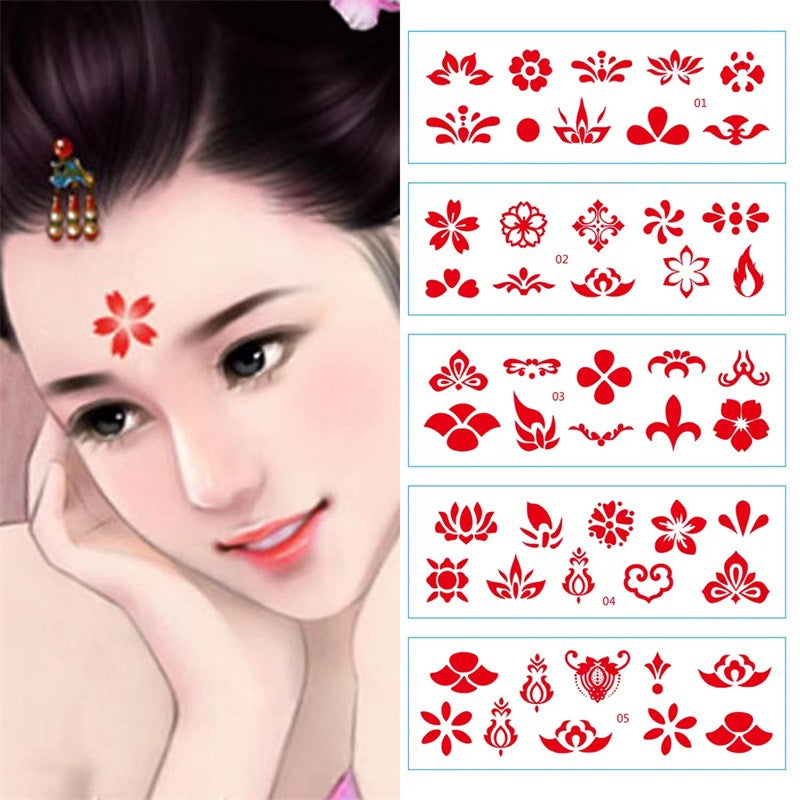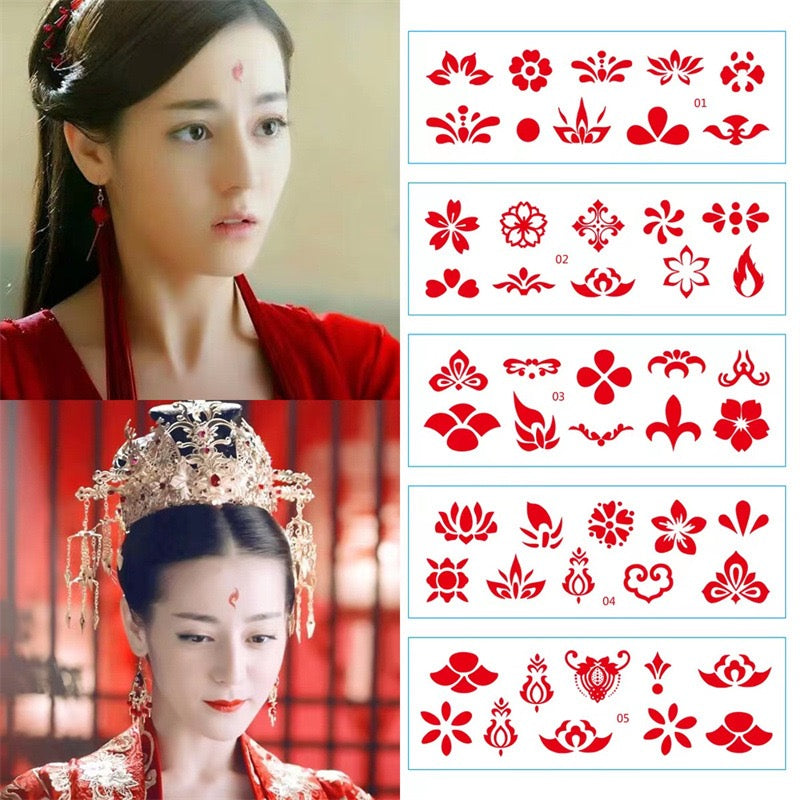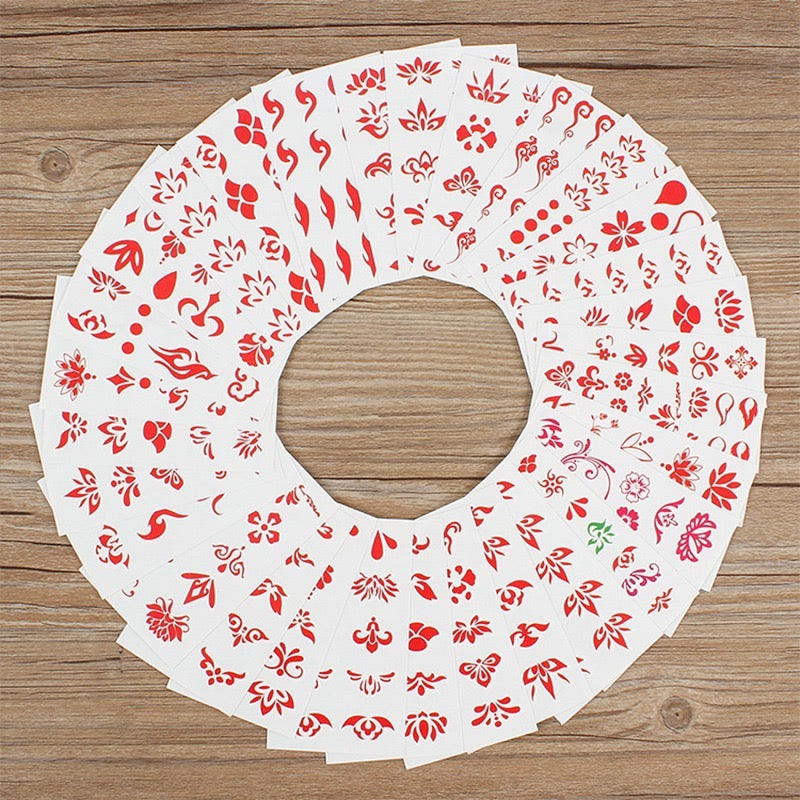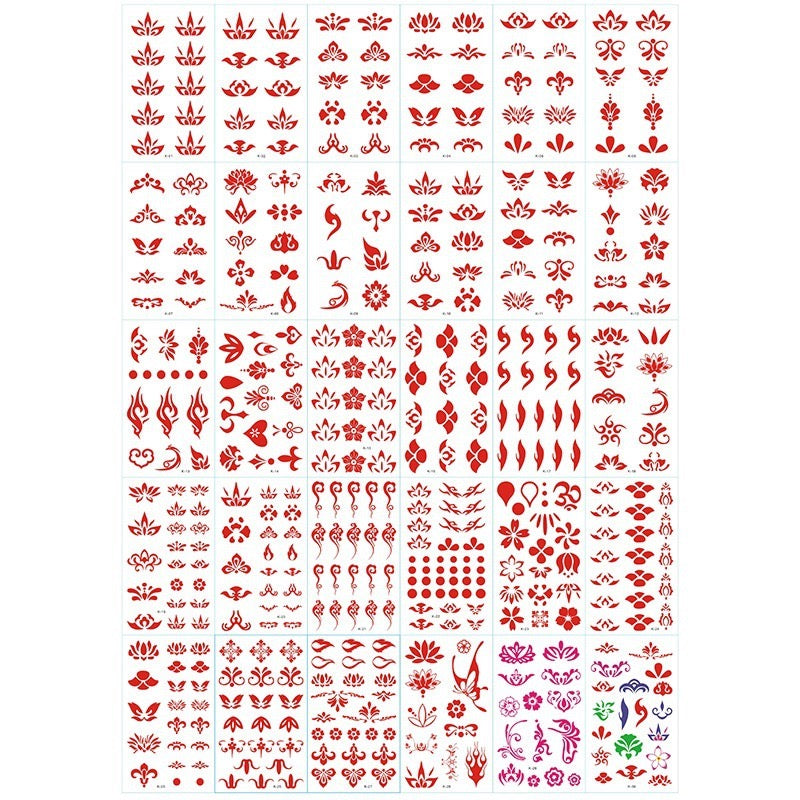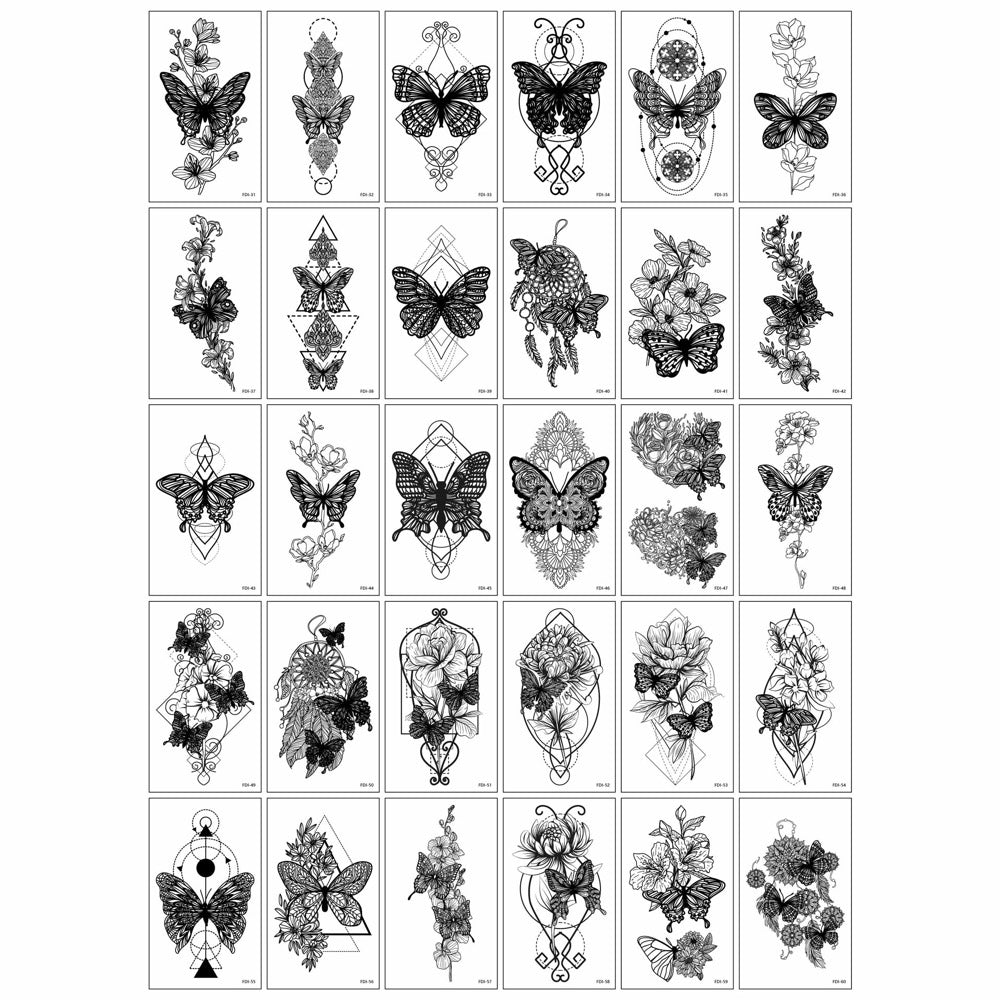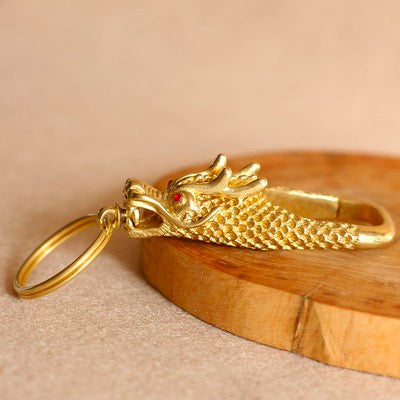Huadian was an ornament worn by ancient women. Resembling small flowers, it was typically affixed to the forehead, nose bridge, or between the eyebrows. In traditional Chinese culture, the Huadian held positive symbolism and symbolic significance, becoming an integral part of ancient women's makeup.
1. Origin and Evolution
The origin of the Huadian dates back to ancient times. Historical records indicate that the earliest forms of Huadian appeared during the Han Dynasty, often crafted from precious materials such as gold, silver, and jade. Noble women of the time enjoyed placing the Huadian in the center of their foreheads, considering it a symbol of nobility and beauty. With the passage of time, the Huadian gradually gained popularity among the common people, becoming a common adornment in women's makeup.
During the Tang Dynasty, the Huadian reached its zenith. During this period, the Huadian came in various types and featured refined craftsmanship. Varieties with vibrant colors like red, yellow, blue, and green gained popularity, while designs resembling peonies, chrysanthemums, butterflies, and more were favored by women. In this era, the Huadian was relatively large in size and prominently affixed to the center of the forehead.
In the Song Dynasty, the use of Huadian declined due to the rise of a preference for understated beauty. However, during the Ming and Qing Dynasties, with the development of theatrical culture, the Huadian experienced a resurgence in popularity. In this period, the Huadian was often made from materials like paper or silk, adhered to the eyebrows or forehead, and became an essential part of actors' makeup.
2. Types and Crafting
The Huadian comes in various types, categorized by materials, colors, shapes, and more. Common materials include precious metals like gold, silver, and copper, as well as everyday materials like paper and silk. In terms of color, vibrant hues such as red, yellow, blue, and green dominate, alongside more subdued colors like black and white. In terms of shape, there are circular, square, rhombus, butterfly-shaped, and other pattern options, all designed to enhance aesthetic appeal.
3. Cultural Significance
In traditional Chinese culture, the Huadian holds rich cultural significance. Firstly, it symbolizes female beauty. Ancient women liked adorning themselves with the Huadian to enhance their beauty and charm. Secondly, it signifies female nobility. In ancient society, only noble women could wear Huadian made from materials like gold, silver, and jade. Additionally, the Huadian conveys emotional expressions. Different Huadian shapes and colors represent various emotions and personality traits.

Beyond cultural significance, the Huadian holds social meaning. In ancient society, women's makeup often reflected prevailing aesthetics and values. As a component of women's makeup, the Huadian also mirrored the society's appearance and era-specific features.
4. Modern Applications
In contemporary society, the Huadian is no longer a common part of women's makeup. However, it remains popular to a certain extent in specific contexts and among specific groups. For instance, actors and models use the Huadian to enhance their makeup during traditional cultural displays and performances. Moreover, women incorporate the Huadian into folk activities to express emotions and identities.
In conclusion, as a vital element of ancient Chinese women's makeup, the Huadian possesses profound cultural and social significance. Understanding its origin, evolution, and contemporary applications enables us to better appreciate and carry forward the essence of traditional Chinese culture.


